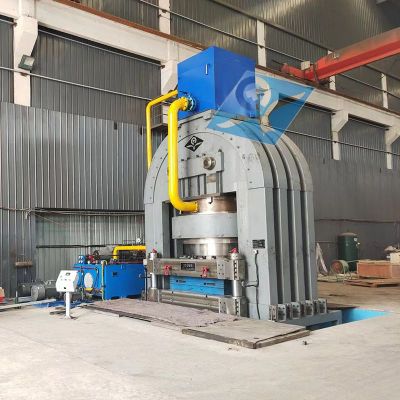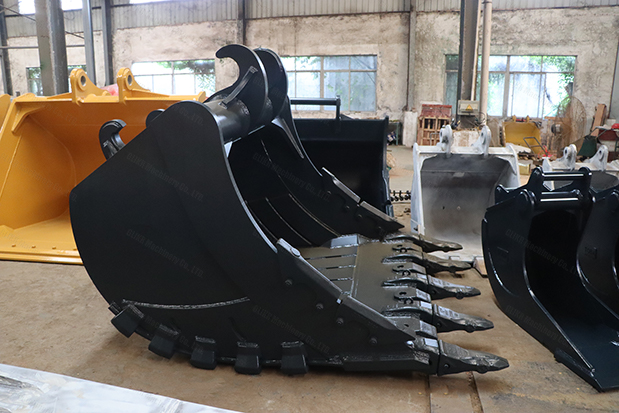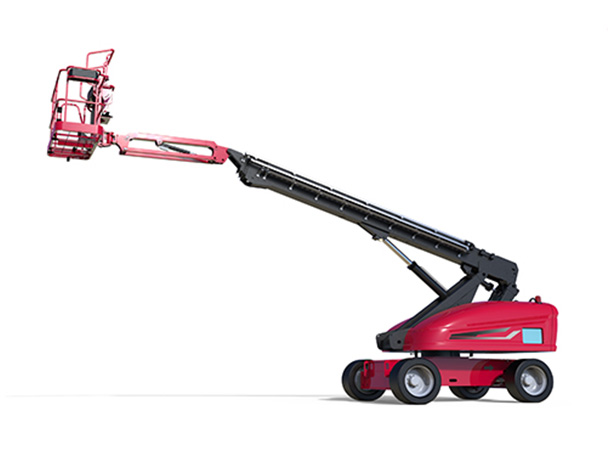What Is Overload? What Is Overcurrent?
What is Overload?
In both the power grid and our daily lives, every electrical device has a rated power. When the power of a device exceeds its rated power, we call it an overload. Similarly, the protection mechanism for this exceeding rated power is known as overload protection. It's worth mentioning that when a device experiences an overload, it can easily lead to a short circuit in electrical equipment. We refer to the protection against internal short-circuit faults as short-circuit protection.
What is Overcurrent?
Overcurrent, like overload, is a state where the current flowing through an electric motor or other electrical component exceeds the rated current. Usually, overcurrent does not exceed the short-circuit current and is within six times the rated current.
Overload Protection
Overload operation falls within the category of overcurrent operation because it occurs when the operating current of the motor exceeds the rated current and is within 1.5 times. If electrical equipment operates in overload mode for an extended period, its winding temperature will exceed the allowable value, leading to aging or damage to the winding insulation. Overload protection is often achieved through thermal relays, which can act instantaneously without being affected by short-term overload or short-circuit currents. However, it's essential to use fuses or circuit breakers simultaneously because when the current exceeding six times the rated current passes through the thermal relay, it may delay action, at least five seconds later. This delay may cause the heating element of the thermal relay to burn out by the time it acts.
Blow Molding Machine Buying Guide
How do you package powder products?
How to Build a 3D Welding Table
The Inner Workings of a Production Freeze Dryer
High Pressure Pulse Dust Collector vs High Pressure Pulse Bag Filter Dust Collector
Harnessing the Power of Ozone Generators: A Deep Dive into Applications and Benefits
How Does a Pellet Mill Work?
Overcurrent Protection
As mentioned earlier, overcurrent is a state where the current exceeds the rated current and is usually less than the short-circuit current, within six times. Generally, in electrical circuits, the probability of short circuits occurring compared to overcurrents is much lower, especially during frequent starting and reversing of motors. It's worth noting that when a circuit experiences overcurrent, if the current value can be restored to normal before reaching the maximum temperature rise, the electrical component can still operate normally. However, in the case of overcurrent, there is a risk of damaging the motor due to the impact current, causing instantaneous electromagnetic torque to damage mechanical transmission components. Therefore, promptly cutting off the power supply is essential. Overcurrent protection requires the use of overcurrent protection relays installed in the protected circuit. When the current reaches a set value, the relay operates, and its normally closed contacts are connected in series with the contactor coil circuit, de-energizing the contactor coil, and then disconnecting the power supply to the motor through the main contacts of the contactor.

Short Circuit Protection
Many beginners may not know that in power systems, if the insulation of electrical equipment or its wiring is damaged, it may lead to situations such as wiring errors or load short circuits. In such cases, the equipment will experience a short-circuit fault. When a short-circuit fault occurs, the instantaneous current of the equipment not only exceeds the rated current slightly but also exceeds tens of times. The consequence of this may be the destruction of electrical equipment due to powerful electromotive force in the wiring, while simultaneously generating arcs. The serious consequences may lead to fires. Therefore, we need to take measures to avoid the harm caused by short-circuit faults, and this is where short-circuit protection comes in. Here, we need to quickly cut off the power supply after a fault occurs, and a commonly used method is to install fuses or low-voltage circuit breakers in the wiring circuit.
How to Choose Dewar Tank?
Is it worth buying a new gas boiler?
Is inline 8 better than V8?
What is the temperature of a vibrating screen bearing?
Unlocking Efficiency with Advanced Scrap Metal Crushers
What are the cons of lost foam casting?
How does the 3D foam cutting machine work?








